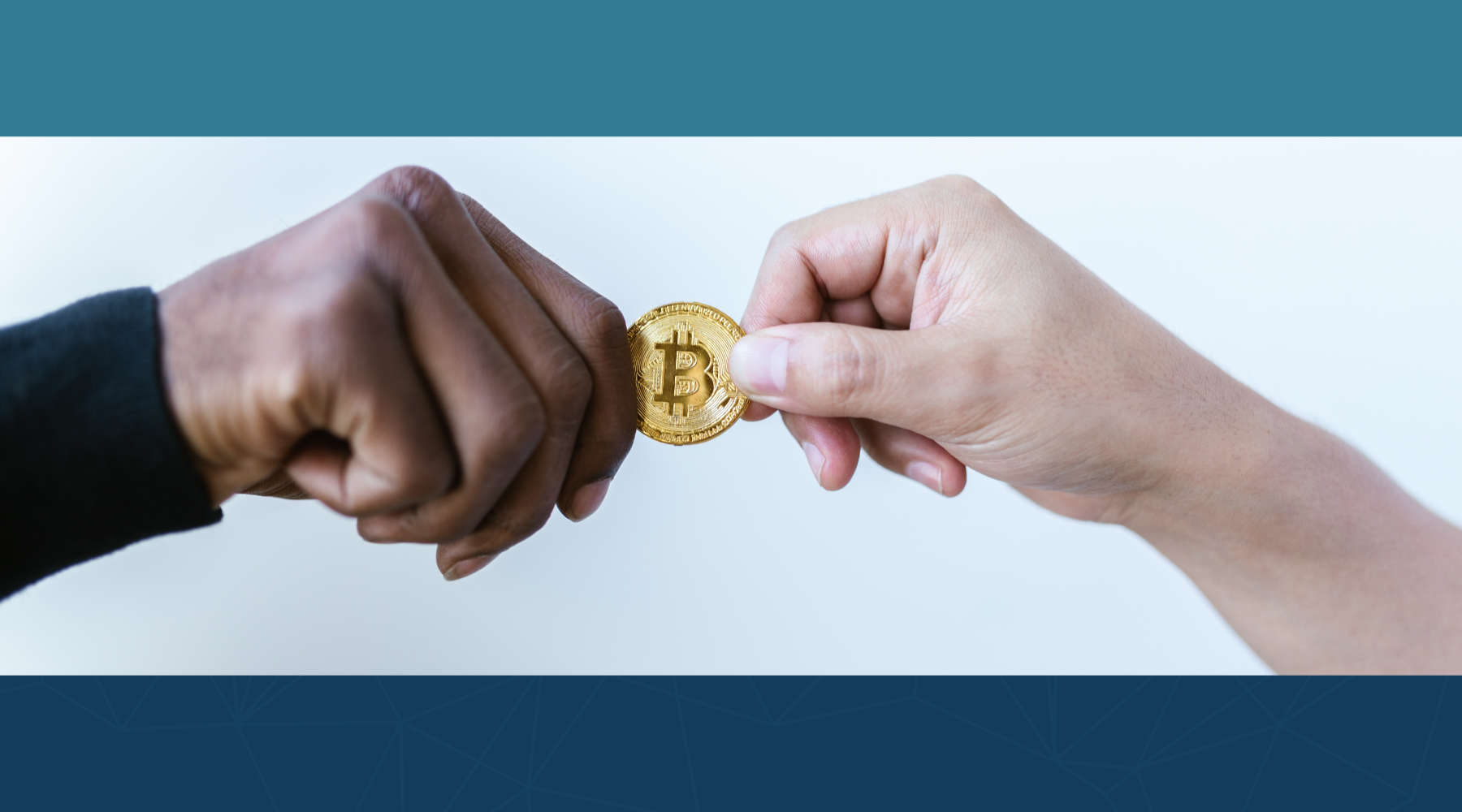You’ve probably heard the term “blockchain” thrown around a lot, especially in discussions about cryptocurrencies like Bitcoin. But what exactly is blockchain, and how does it work? Let’s break it down in a simple, easy-to-understand way.
What is Blockchain?
Blockchain is a decentralized digital ledger that records transactions across many computers in a way that ensures the security and transparency of the data. Imagine a digital notebook that records every transaction made and is constantly updated and verified by multiple computers (or nodes) around the world. This makes it nearly impossible to alter or hack the data without being detected.
How Does Blockchain Work?
- Blocks:
- Each transaction is recorded in a “block.” A block contains a list of transactions, a timestamp, and a reference to the previous block. These blocks are linked together in a linear, chronological order, forming a “chain.” Hence, the term “blockchain.”
- Decentralization:
- Unlike traditional databases controlled by a single entity, blockchain is decentralized. This means it is managed by a network of computers (nodes) that work together to verify and record transactions. Each node has a copy of the entire blockchain, which is continuously updated and synchronized.
- Consensus Mechanism:
- To ensure all nodes agree on the validity of transactions, blockchain uses consensus mechanisms. The most common are Proof of Work (PoW) and Proof of Stake (PoS).
- Proof of Work (PoW): Nodes (miners) solve complex mathematical problems to validate transactions and create new blocks. This requires significant computational power and energy. The first miner to solve the problem gets to add the new block to the blockchain and is rewarded with cryptocurrency.
- Proof of Stake (PoS): Nodes (validators) are chosen to create new blocks based on the number of coins they hold and are willing to “stake” as collateral. Validators are rewarded with transaction fees or new coins. This method is more energy-efficient than PoW.
- Cryptography:
- Blockchain uses cryptographic techniques to secure data. Each block contains a unique code called a “hash” that links it to the previous block. Any change in the block’s data will alter its hash, making tampering evident. This ensures the integrity and security of the blockchain.
Key Features of Blockchain
- Transparency:
- Every transaction on the blockchain is visible to all participants, ensuring transparency and trust. This is particularly important in applications like supply chain management and voting systems.
- Security:
- Blockchain’s decentralized nature and cryptographic security make it highly resistant to hacking and fraud. Since data is stored across multiple nodes, there is no single point of failure.
- Immutability:
- Once a transaction is recorded on the blockchain, it cannot be altered or deleted. This ensures the integrity of the data and prevents tampering.
- Decentralization:
- No single entity controls the blockchain. It is maintained by a network of nodes, reducing the risk of centralized points of failure and increasing resilience.
Applications of Blockchain
- Cryptocurrencies:
- The most well-known application of blockchain is cryptocurrencies like Bitcoin and Ethereum, which use blockchain to record transactions securely and transparently. Cryptocurrencies provide an alternative to traditional banking by enabling peer-to-peer transactions without intermediaries.
- Supply Chain Management:
- Blockchain can track the journey of products from manufacture to sale, ensuring authenticity and reducing fraud. Each step of the supply chain can be recorded on the blockchain, providing a transparent and immutable record.
- Smart Contracts:
- These are self-executing contracts with the terms directly written into code. They automatically enforce and execute agreements when predefined conditions are met, reducing the need for intermediaries and increasing efficiency.
- Voting Systems:
- Blockchain can create secure, transparent, and tamper-proof voting systems, enhancing the integrity of elections. Votes recorded on the blockchain are immutable and can be audited in real-time.
- Healthcare:
- Blockchain can securely store and share patient data across different healthcare providers, improving patient care and data privacy. It can ensure that medical records are accurate and up-to-date, and accessible only to authorized individuals.
Frequently Asked Questions about Blockchain
1. What is blockchain?
Blockchain is a decentralized digital ledger that records transactions across multiple computers, ensuring data security and transparency.
2. How does blockchain ensure security?
Blockchain uses cryptographic techniques and a decentralized network of nodes to validate and secure transactions, making it highly resistant to hacking and fraud.
3. What are some common applications of blockchain?
Common applications include cryptocurrencies, supply chain management, smart contracts, voting systems, and healthcare data management.
4. What is the difference between Proof of Work (PoW) and Proof of Stake (PoS)?
Proof of Work requires miners to solve complex mathematical problems to validate transactions, while Proof of Stake selects validators based on the number of coins they hold and are willing to stake as collateral.
We hope this article has helped you understand what blockchain is and how it works. As blockchain technology continues to evolve, its applications are likely to expand, bringing even more innovative solutions to various industries.












